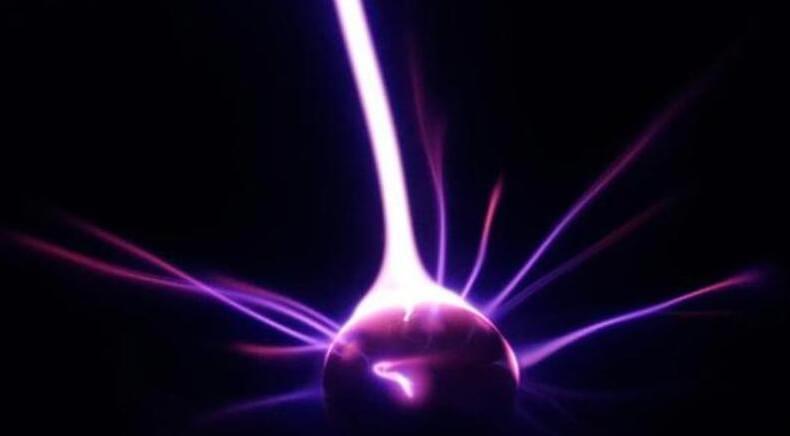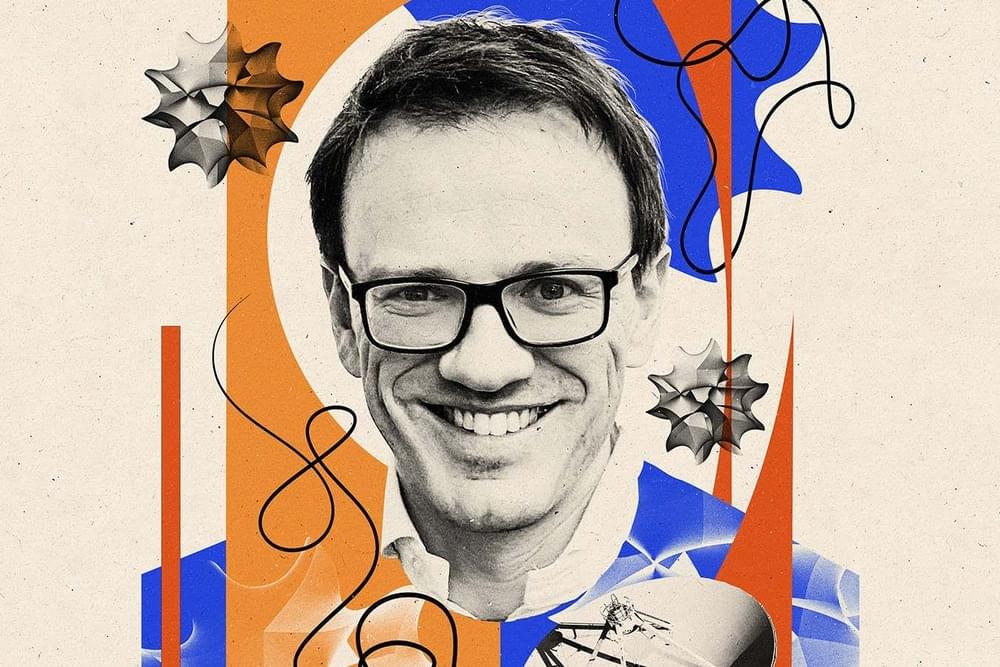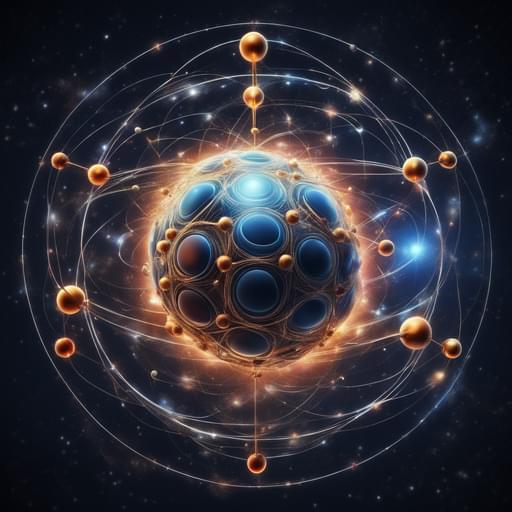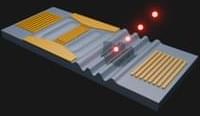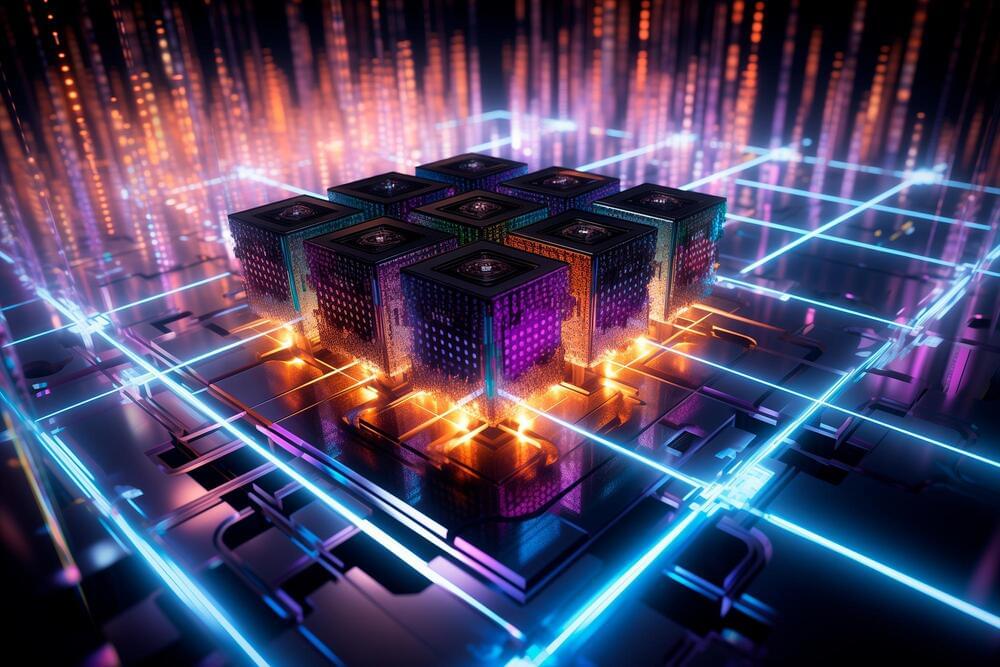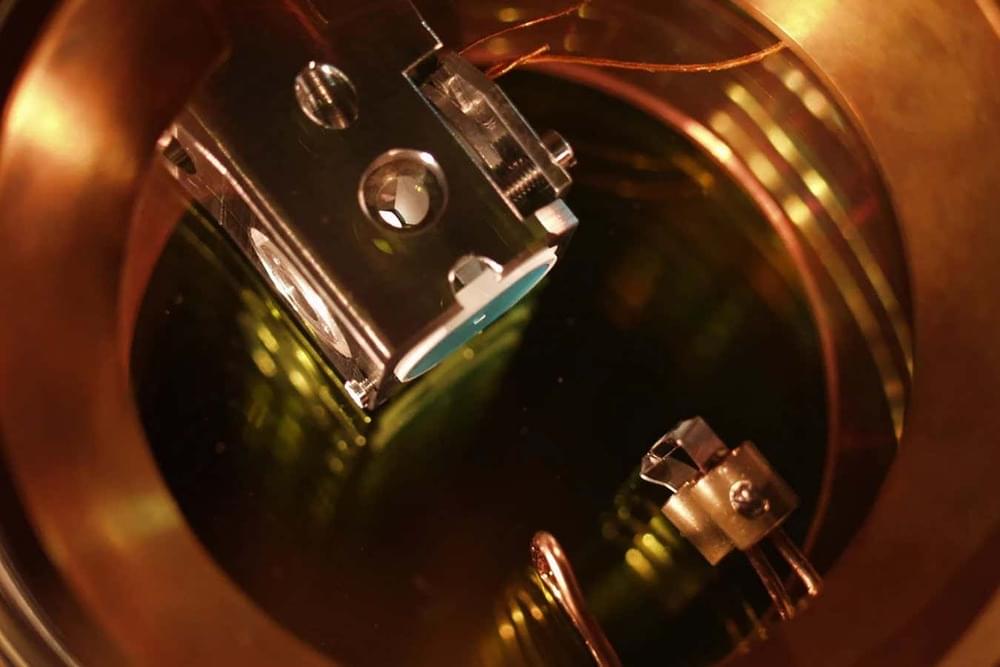One of the primary reasons for this dilemma is that, while three of the universe’s four fundamental forces — electromagnetism, the strong nuclear force and the weak nuclear force — have quantum descriptions, there is no quantum theory of the fourth: Gravity.
Now, however, an international team has made headway in addressing this imbalance by successfully detecting a weak gravitational pull on a tiny particle using a new technique. The researchers believe this could be the first tentative step on a path that leads to a theory of “quantum gravity.”
“For a century, scientists have tried and failed to understand how gravity and quantum mechanics work together,” Tim Fuchs, team member and a scientist at the University of Southampton, said in a statement. “By understanding quantum gravity, we could solve some of the mysteries of our universe — like how it began, what happens inside black holes, or uniting all forces into one big theory.”
